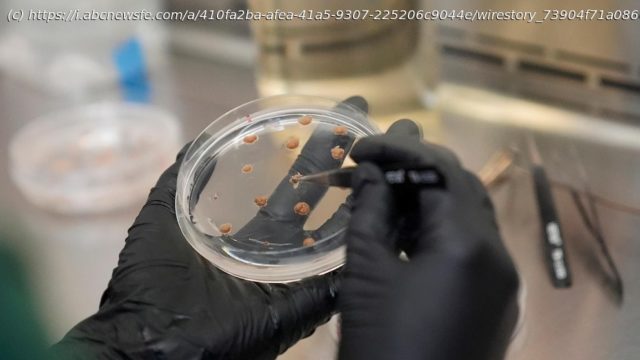From California to Israel, companies are aiming to grow cocoa beyond the tropics in a bid to buffer chocolate’s key ingredient from climate change
WEST Climate change is stressing rainforests where the highly sensitive cocoa bean grows, but chocolate lovers need not despair, say companies that are researching other ways to grow cocoa or develop cocoa substitutes.
Scientists and entrepreneurs are working on ways to make more cocoa that stretch well beyond the tropics, from Northern California to Israel.
California Cultured, a plant cell culture company, is growing cocoa from cell cultures at a facility in West Sacramento, California, with plans to start selling its products next year. It puts cocoa bean cells in a vat with sugar water so they reproduce quickly and reach maturity in a week rather than the six to eight months a traditional harvest takes, said Alan Perlstein, the company’s chief executive. The process also no longer requires as much water or arduous labor.
“We see just the demand of chocolate monstrously outstripping what is going to be available,” Perlstein said. “There’s really no other way that we see that the world could significantly increase the supply of cocoa or still keep it at affordable levels without extensive either environmental degradation or some significant other cost.”
Cocoa trees grow about 20 degrees north and south of the equator in regions with warm weather and abundant rain, including West Africa and South America. Climate change is expected to dry out the land under the additional heat. So scientists, entrepreneurs and chocolate-lovers are coming up with ways to grow cocoa and make the crop more resilient and more resistant to pests — as well as craft chocolatey-tasting cocoa alternatives to meet demand.
The market for chocolate is massive with sales in the United States surpassing $25 billion in 2023, according to the National Confectioners Association.
Start
United States
USA — Science Chocolate's future could hinge on success of growing cocoa not just in...






